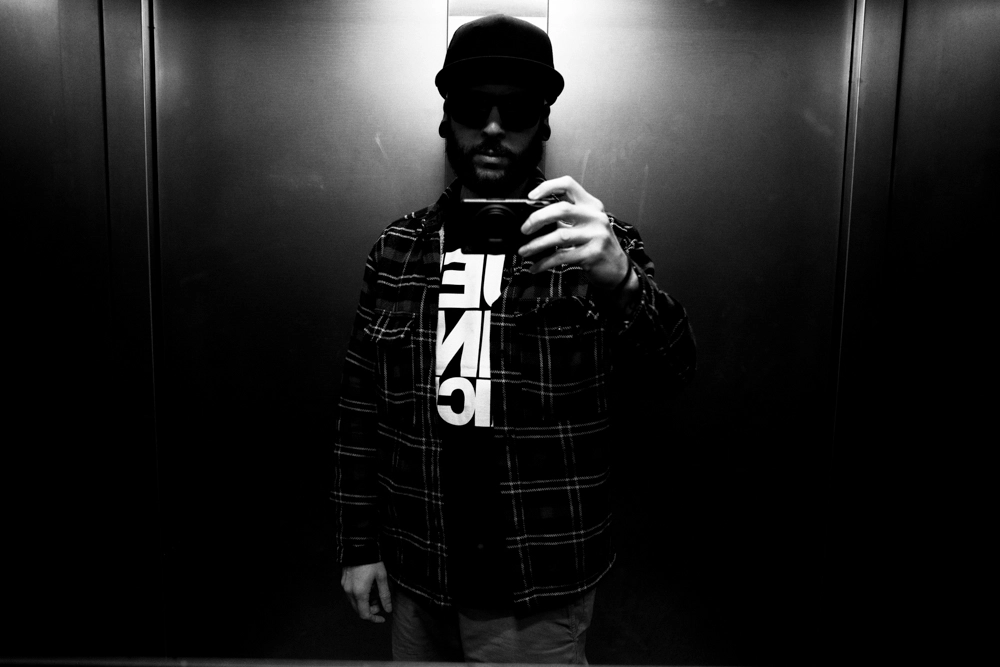Born in 1987 in Caracas, Gabriel Marcos is a rising Venezuelan street photographer whose work is deeply influenced by the vibrant and aggressive underground hardcore punk scene, skateboarding, and graffiti. Growing up in the mountains, he was raised by an artist and a journalist, both highly accomplished in their fields, which fostered a unique creative environment that laid a foundation for his singular perspective on urban life.
He pursued studies in Photography and Audiovisual Arts in Caracas, which led him to work as a camera crew member in digital cinematography. His work is heavily inspired by Japanese snapshot culture, which shapes his distinctive photographic style.
In 2016, Gabriel Marcos moved to Germany and began focusing on photography more seriously in early 2024. Today, he captures the dynamic streets of Berlin, translating the city’s diverse energy and culture into his compelling images.
Awarded Photographer of the Week - Week 43